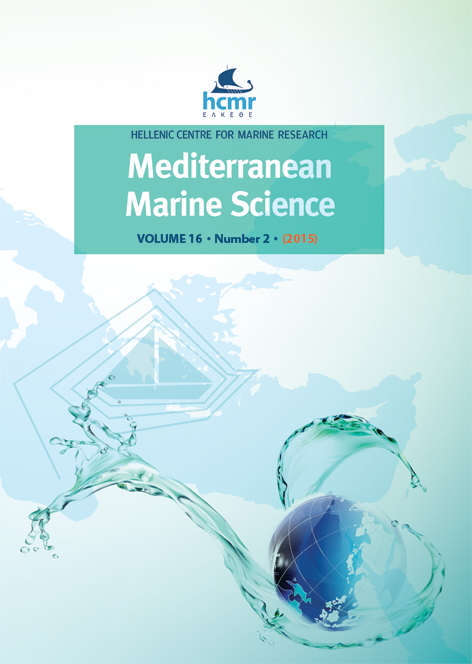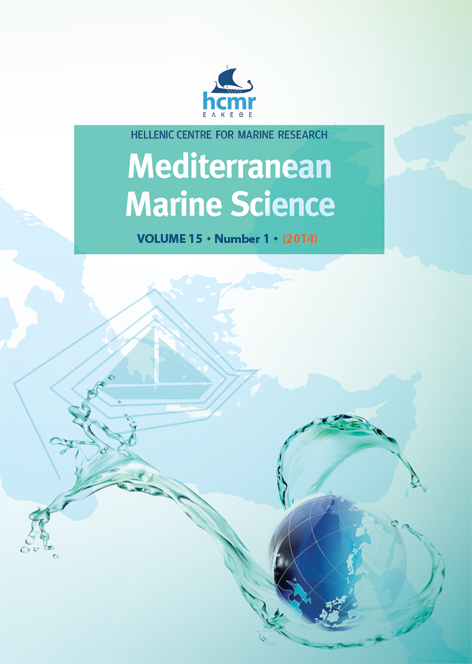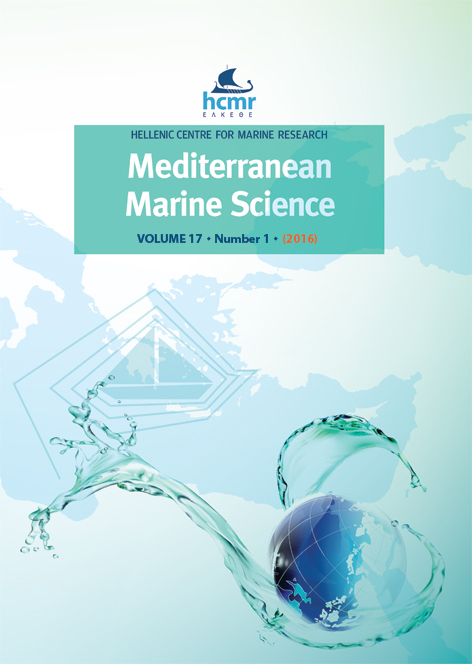Potentially harmful microalgae and algal blooms in a eutrophic estuary in Turkey
Abstract
Distribution of potentially harmful microalgae and algal blooms were investigated at monthly and weekly time scales between October 2009 and September 2010 in the Golden Horn, a eutrophic estuary in the Sea of Marmara (Turkey). Several physical and chemical parameters were analysed together with phytoplankton composition and abundance. A total number of 23 potentially harmful and/or bloom-forming microalgae (14 dinoflagellates, 4 diatoms and 5 phytoflagellates) were identified throughout this study period, of which nine taxa have been confirmed to be toxic elsewhere in the world. Most harmful species and algal blooms were observed in late spring and summer particularly in the middle and upper estuaries, and nine taxa formed dense and successive algal blooms causing water discoloration. Nutrient concentrations increased significantly from the lower to the upper estuary. Additionally, high organic matter loads in the upper estuary could also have benefited by mixotrophic species. The increasing number of potentially harmful and bloom-forming species and algal blooms indicated that the GHE is a potential risk area for future HABs.
Article Details
- Come citare
-
TAS, S., & YILMAZ, I. (2015). Potentially harmful microalgae and algal blooms in a eutrophic estuary in Turkey. Mediterranean Marine Science, 16(2), 432–443. https://doi.org/10.12681/mms.1042
- Fascicolo
- V. 16 N. 2 (2015)
- Sezione
- Research Article
Authors who publish with this journal agree to the following terms:
- Authors retain copyright and grant the journal right of first publication with the work simultaneously licensed under a Creative Commons Attribution Non-Commercial License that allows others to share the work with an acknowledgement of the work's authorship and initial publication in this journal.
- Authors are able to enter into separate, additional contractual arrangements for the non-exclusive distribution of the journal's published version of the work (e.g. post it to an institutional repository or publish it in a book), with an acknowledgement of its initial publication in this journal.
- Authors are permitted and encouraged to post their work online (preferably in institutional repositories or on their website) prior to and during the submission process, as it can lead to productive exchanges, as well as earlier and greater citation of published work (See The Effect of Open Access).







